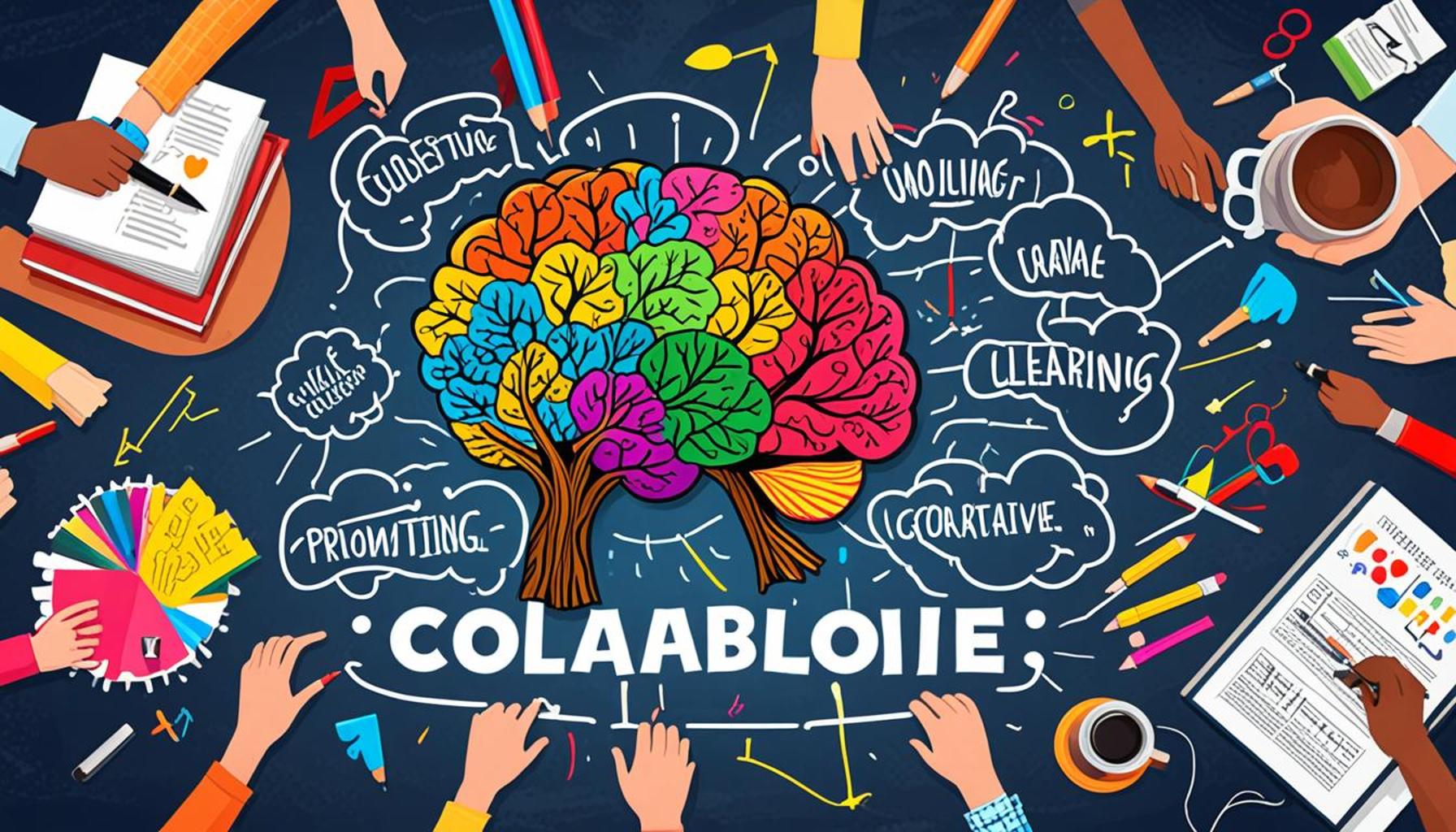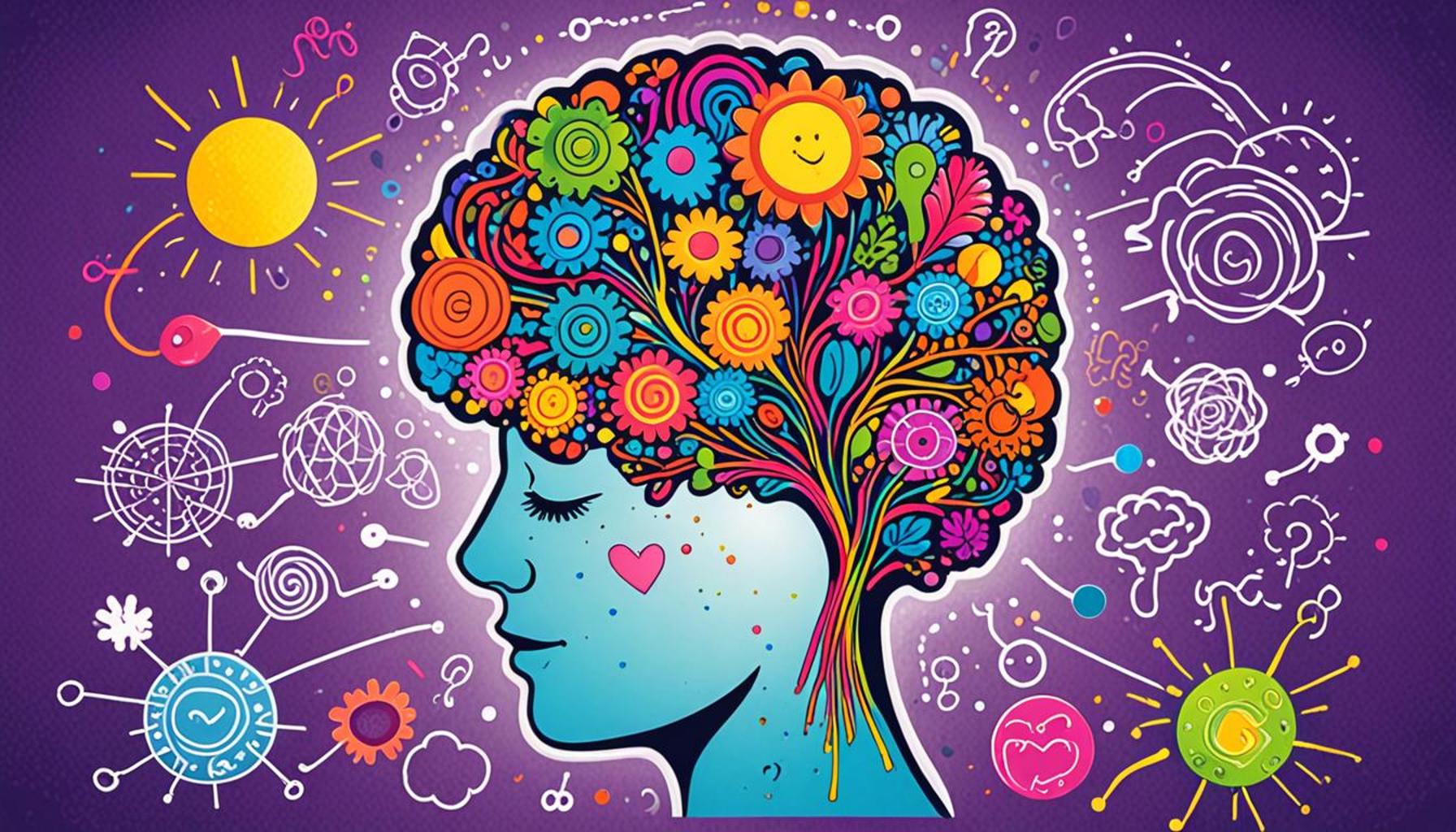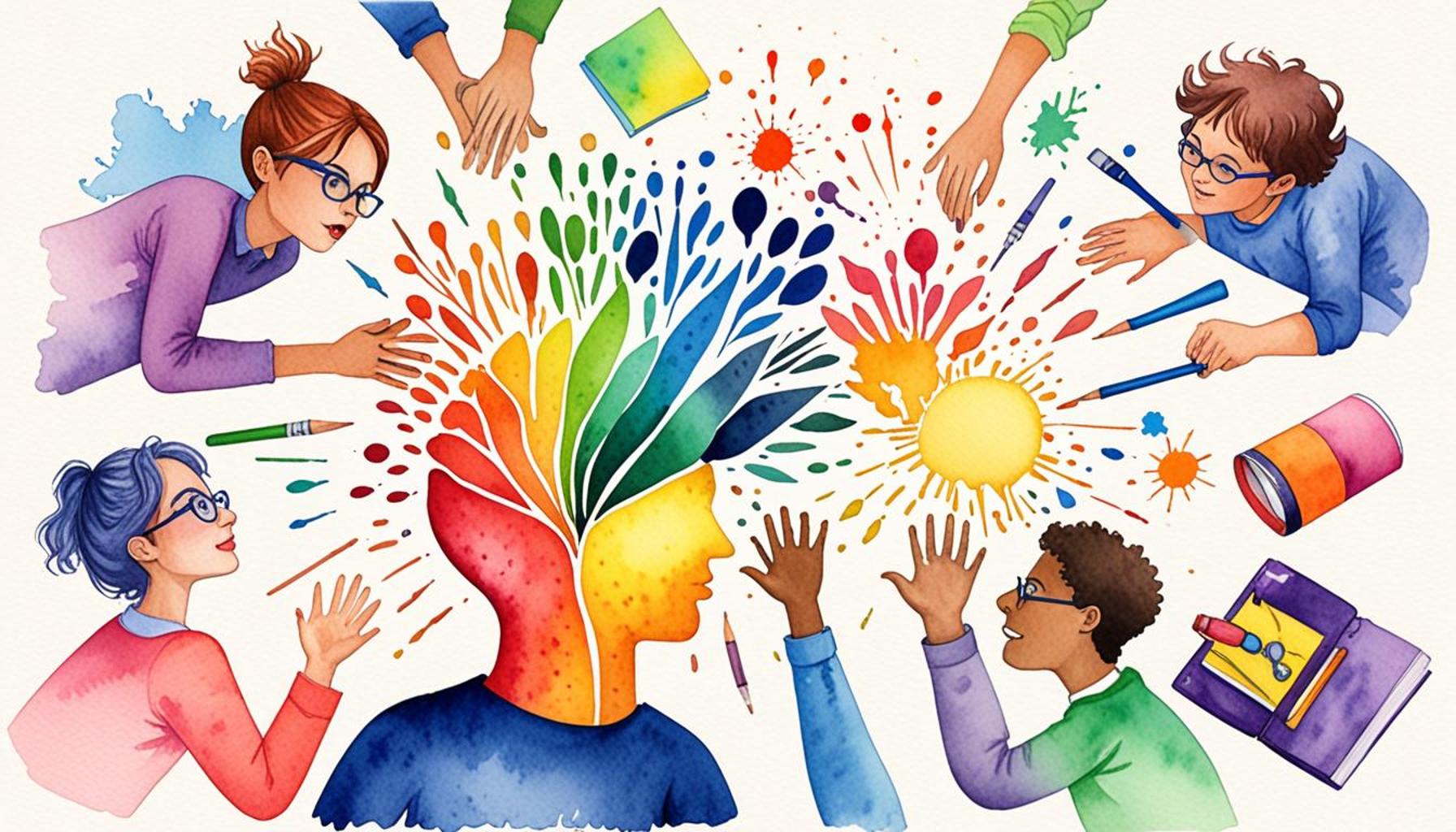The Influence of Cultural Diversity on Learning Strategies and Growth Mindset
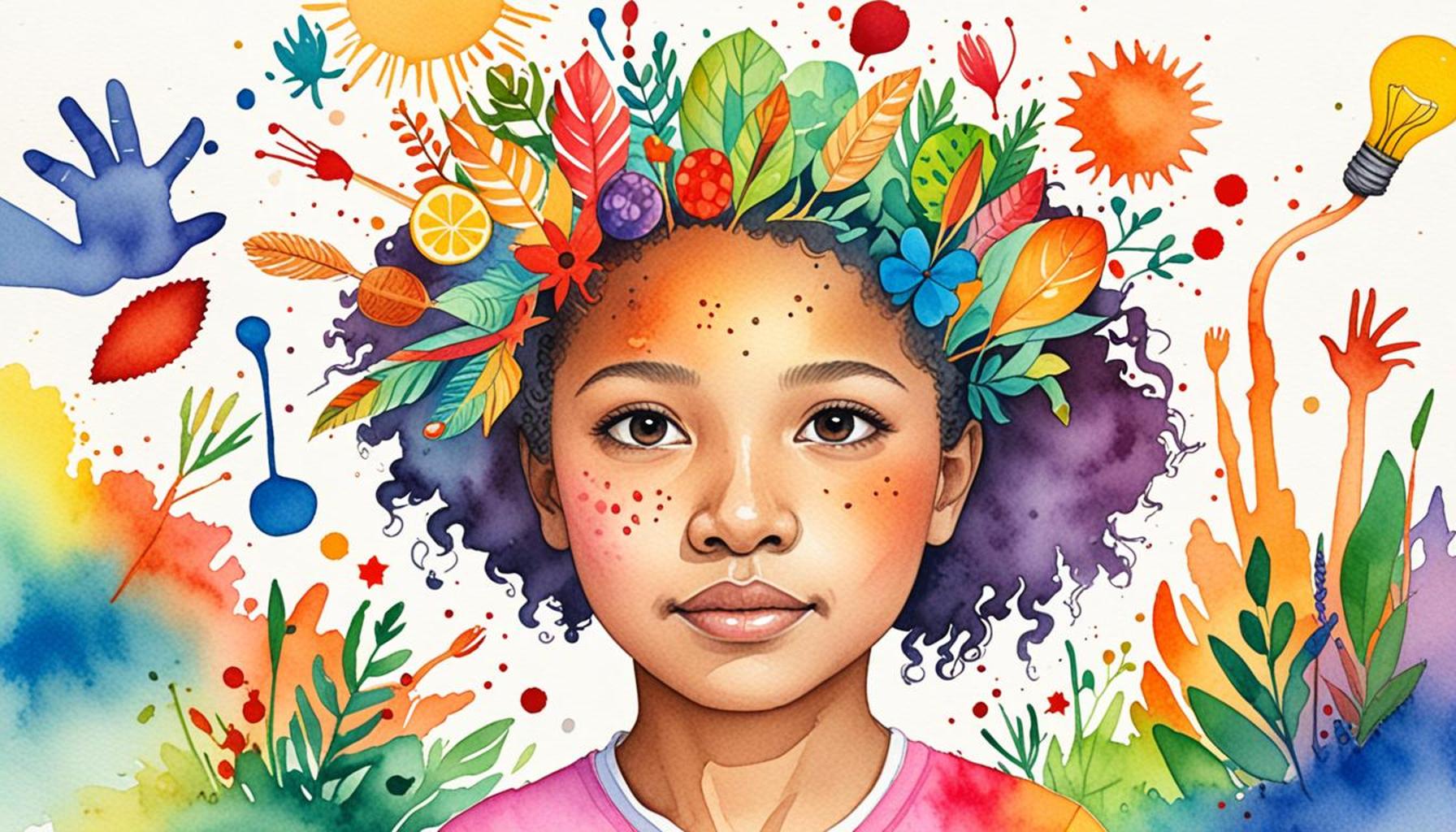
The Role of Cultural Backgrounds in Shaping Educational Systems
Cultural diversity is an essential component in the landscape of education, influencing teaching methodologies, classroom dynamics, and learners’ engagement in unique ways. As Nigeria stands as a melting pot of cultures, with over 250 ethnic groups, the educational system must adeptly navigate this rich tapestry to create effective learning environments. The presence of multiple languages, traditions, and values in classrooms enriches the educational experience, providing opportunities for innovative learning strategies that honor the varied backgrounds of students.
Different Learning Styles
Students from diverse cultural settings exhibit different learning styles, often shaped by their heritage. For example, while some students may excel through visual aids and hands-on activities, others might prefer auditory approaches or collaborative discussions. In Nigeria, children from the Yoruba ethnic group may approach storytelling in education, highlighting oral traditions, while students from the North may incorporate Islamic teachings into their understanding of moral lessons. Recognizing and embracing these individual preferences can significantly enhance academic performance and engagement.
Collaborative Learning
The blending of various cultural perspectives fosters an environment ripe for collaborative learning. Students from different backgrounds come together to explore and solve problems creatively. For instance, in a mixed-ethnic classroom, a group project might see students from the Igbo and Hausa communities sharing distinct strategies to tackle a common challenge, which nurtures not only academic growth but also intercultural understanding. This cross-pollination of ideas cultivates critical thinking and encourages students to navigate complex social landscapes with empathy and awareness.
Development of a Growth Mindset
Encounters with diverse worldviews encourage the development of a growth mindset. When students interact with peers from varied cultural backgrounds, they are often exposed to innovative approaches toward challenges. For instance, a student might learn from their classmates about resilience in the face of adversity, drawing from cultural narratives that highlight perseverance. This collective sharing builds a robust educational environment where adaptability and resilience become key elements of learning.
Implementing Inclusive Education Strategies
Educators in Nigeria face the critical task of integrating these cultural differences into relevant instructional methods. This involves not only adjusting the curriculum to reflect various cultural narratives but also training teachers to embrace and utilize diversity as a pedagogical tool. By fostering an inclusive educational system that values every child’s background, stakeholders can support students in their academic pursuits and personal development, ultimately paving the way for a more cohesive society.
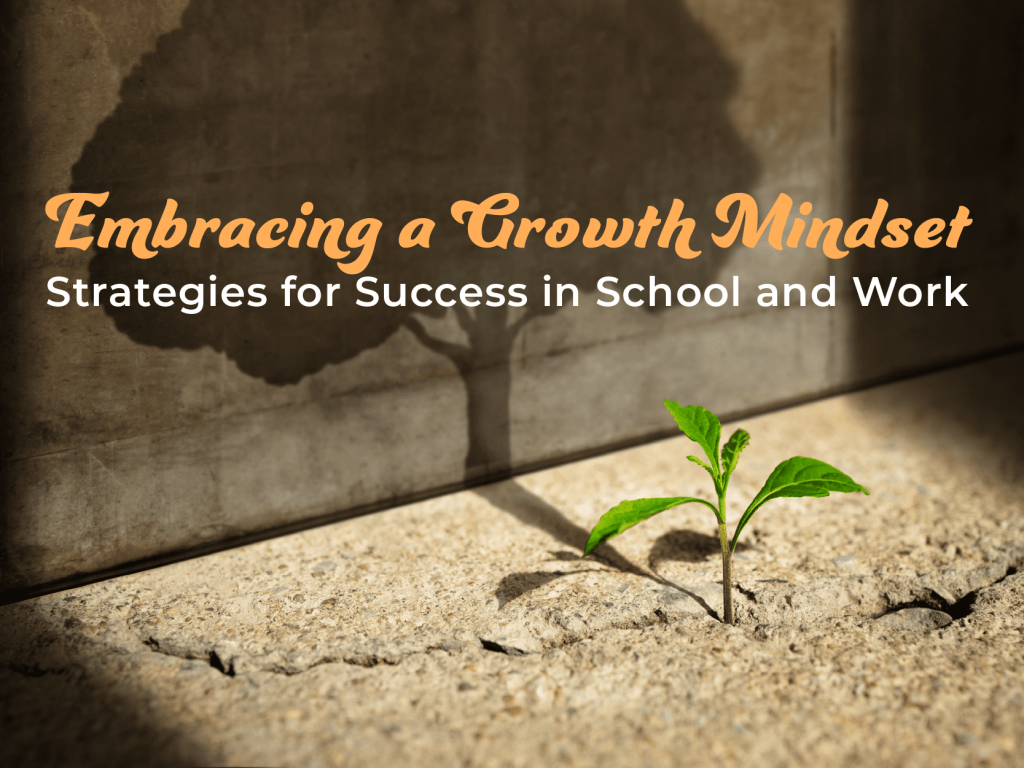
In conclusion, understanding the implications of cultural diversity in education is not just beneficial for academic success; it is essential for nurturing well-rounded individuals capable of thriving in a multicultural world. The journey towards inclusive education in Nigeria is a critical stride towards harnessing the full potential of its diverse population, offering a template for other nations grappling with similar challenges.
ADDITIONAL INSIGHTS: Expand your understanding here
Cultural Diversity and Individual Learning Strategies
The vibrant mix of cultures in Nigeria significantly affects how students learn and develop their unique educational paths. Recognizing these cultural differences is pivotal in tailoring learning strategies that resonate with individual students. Research indicates that cultural background plays a crucial role in how learners perceive and engage with new information. For instance, children from ethnic groups that emphasize communal values, such as the Efik and Ibibio, may thrive in group-oriented tasks where teamwork and collaboration are key. This understanding opens up avenues to create personalized learning experiences that cater not only to academic needs but also acknowledge the cultural identities of students.
The Role of Language in Learning
Language is a fundamental aspect of cultural diversity that dramatically influences learning. In Nigeria, the linguistic landscape is a mosaic of over 500 languages, which shapes how knowledge is conveyed and comprehended. Students who learn in their native languages tend to express their thoughts more effectively and grasp complex concepts with greater ease. For example, students from the Kanuri-speaking regions may find it easier to relate mathematical terminology when it is contextualized within their linguistic framework. Thus, incorporating native languages into the learning process not only aids comprehension but also fosters a deeper connection to the material.
Creative Problem Solving through Diverse Perspectives
The incorporation of diverse perspectives in learning settings cultivates creative problem-solving skills among students. In mixed-cultural classrooms, students are likely to approach challenges using unique strategies influenced by their cultural upbringing. A great illustration can be drawn from science education, where students might apply indigenous knowledge, such as traditional agricultural practices, to modern-day farming problems. This blending of ideas not only enhances the learning experience but also promotes innovation. When students from various backgrounds collaborate on projects, they can explore multiple solutions to a problem, offering them a well-rounded educational experience that is far deeper than rote memorization.
Encouraging Reflective Learning
Cultural diversity also nurtures a culture of reflective learning, where students are encouraged to assess their methods and outcomes critically. Engaging with peers from different ethnic traditions prompts learners to not only consider their approaches but also to reflect on how their cultural influences inform their educational choices. For instance, a student from the Northern region may reflect on how Islamic teachings emphasize perseverance and apply this to academic challenges, while a student from Lagos might draw from the bustling urban landscape that inspires a proactive attitude towards learning. These reflections help in developing resilience and adaptability, contributing to a robust growth mindset.
Through this profound blend of cultural diversity, students in Nigeria are not just recipients of knowledge; they become active participants in crafting their learning journeys. By acknowledging the values each culture brings, educators can harness these insights to forge a more meaningful educational experience that acknowledges and uplifts diverse backgrounds. This approach not only enhances learning strategies but also empowers students with the skills necessary to thrive in an increasingly interconnected world.
The Influence of Cultural Diversity on Learning Strategies and Growth Mindset
Cultural diversity plays a pivotal role in shaping learning strategies and nurturing a growth mindset among students. When learners are exposed to a variety of cultural backgrounds, they gain unique perspectives that enhance critical thinking and problem-solving abilities. For instance, students from collectivist cultures may prioritize collaboration, emphasizing teamwork during group projects. This approach can lead to deeper understanding as learners share knowledge and experiences, effectively broadening their cognitive horizons.Furthermore, the incorporation of diverse cultural references in teaching materials can significantly enhance engagement. Educators can leverage cultural narratives that resonate with students’ backgrounds, making lessons more relatable and impactful. This, in turn, fosters a sense of belonging and motivates learners to adopt a growth mindset—understanding that abilities can be developed through dedication and hard work. Equipping students with an awareness of cultural perspectives also prepares them for a globalized world. As businesses increasingly operate on an international scale, individuals equipped with intercultural competencies become invaluable assets. They can navigate diverse environments, engaging with colleagues and clients from various backgrounds effectively.Moreover, research indicates that classroom environments reflecting cultural diversity lead to higher academic performance. Students feel empowered when their identities are acknowledged and celebrated. This affirmation not only boosts their self-esteem but also cultivates resilience—a key component of a robust growth mindset.In summary, integrating cultural diversity into education systems not only enriches learning strategies but also propels the development of a growth mindset. Educators and institutions that embrace this diversity stand to benefit immensely, creating inclusive learning environments that stimulate curiosity, creativity, and a passion for lifelong learning.
| Advantage 1: Enhanced Creativity | Cultural Insights |
|---|---|
| Exposure to diverse viewpoints stimulates creative thinking. | Cultural narratives contribute to richer discussions and inclusive learning. |
| Fosters adaptability and critical analysis in learners. | Promotes collaborative problem-solving through shared experiences. |
Understanding and implementing these advantages are crucial for educators aiming to enhance student success. By leveraging the influence of cultural diversity, we pave the way for a more holistic and impactful approach to education that resonates with every learner.
YOU MAY ALSO LIKE: Read read another article
Embracing Cultural Diversity in Educational Approaches
In Nigeria, the embrace of cultural diversity within educational frameworks has emerged as a pivotal factor in molding effective learning strategies. For educators, understanding distinct cultural practices and learning preferences is fundamental in designing curricula that respect and incorporate these variances. By exploring the concepts of culturally responsive pedagogy, teachers can adapt their instructional methods to align with the diverse ways in which students engage with knowledge.
Building a Growth Mindset through Cultural Appreciation
One of the most significant impacts of recognizing cultural diversity is the enhancement of a growth mindset. When students perceive their cultural heritage as a strength rather than a limitation, their ability to embrace challenges improves. For example, a student from the Yoruba community, imbued with the cultural value of resilience in the face of adversity, may view academic setbacks as learning opportunities. This mindset fosters optimism and encourages a proactive approach to learning, prompting students to take risks, ask questions, and remain persistent, essential components of successful educational experiences. Studies have shown that promoting a growth mindset significantly improves academic performance, particularly for students who often feel marginalized.
Encouraging Active Participation through Cultural Expression
Culture shapes students’ identities, and acknowledging this diversity in the classroom invites students to engage actively in their own education. By providing opportunities for students to share their cultural backgrounds—through storytelling, art, or presentations—educators create a richer learning environment. Such activities not only foster confidence but also enhance communication skills. For instance, a student from a minority ethnic group sharing their unique folklore can lead to discussions that link traditional narratives with modern concepts, encouraging peer learning and respect for varied perspectives. Active participation not only promotes social skills but also develops critical thinking as students evaluate and compare diverse viewpoints.
The Impact of Collaboration in Diverse Learning Settings
The dynamics within diverse classrooms often necessitate collaborative approaches to learning, which can significantly influence student outcomes. In settings where students communicate and work with peers from varied backgrounds, they develop interpersonal skills and an understanding of different strategies to approach tasks. This collaboration can enhance motivation and engagement, as learners recognize the value of collective knowledge. A notable example would be a group project where students from different tribes examine communal conflict resolution practices. By synthesizing their findings, they not only learn academic content but also gain insights into cultural perspectives that inform their interpretations of conflict and cooperation. As research indicates, such collaborative efforts can lead to improved academic results, especially in subjects requiring innovation and critical thinking.
Developing Emotional Intelligence through Cultural Interactions
Furthermore, interacting in diverse cultural settings aids in developing emotional intelligence, an essential skill in today’s interconnected world. Students learn to navigate different emotional expressions and social cues, which broadens their ability to empathize with others. For instance, in classrooms where cultural norms surrounding communication differ—such as nonverbal expressions common in the Igbo traditions versus the direct verbal approach favored by others—students become adept at understanding and appreciating variations in emotional expression. This empathy not only enhances collaboration but also equips students with the skills necessary to address complex social issues in their communities.
In this context, the educational landscape in Nigeria stands to greatly benefit from nurturing an inclusive learning environment that respects cultural differences. By acknowledging the multiplicity of identities and perspectives, educators can cultivate innovative, progressive methods that contribute significantly to developing both knowledge and the emotional well-being of students. The resulting synergy between cultural diversity and learning strategies propels students towards success in their academic and social endeavors, ultimately shaping the leaders of tomorrow.
ADDITIONAL INSIGHTS: Expand your understanding here
Conclusion: The Transformative Power of Cultural Diversity in Education
As we delve deeper into the relationship between cultural diversity, learning strategies, and growth mindset, it becomes evidently clear that embracing this diversity is not merely a matter of inclusion, but rather an essential ingredient for cultivating an enriched educational environment. By fostering a culture that appreciates varied backgrounds, educators unlock the potential for students to thrive both academically and personally. The recognition of different cultures aids students in viewing their unique experiences as strengths, encouraging a growth mindset where challenges are greeted with enthusiasm rather than apprehension.
Moreover, actively integrating cultural perspectives into the curriculum not only enhances engagement but also promotes critical thinking as students learn to navigate and appreciate diverse viewpoints. Collaborative learning within mixed cultural groups promotes an atmosphere of creativity and innovation, where students can draw on each other’s strengths and experiences to solve problems. This interaction cultivates not just academic skills but essential life skills like emotional intelligence and empathy, shaping well-rounded individuals ready to tackle modern societal challenges.
In Nigeria, as the nation continues to evolve, the need for educational systems that honor and utilize cultural diversity is paramount. By creating inclusive learning environments that prioritize the acknowledgment of varying cultural identities, educators take strides towards equipping students for a future where adaptability and collaboration are key. The journey towards understanding the profound influence of cultural diversity on learning strategies and growth mindset is not just an academic pursuit; it is a necessary ongoing exploration that promises to enrich our educational landscape and empower future generations.

